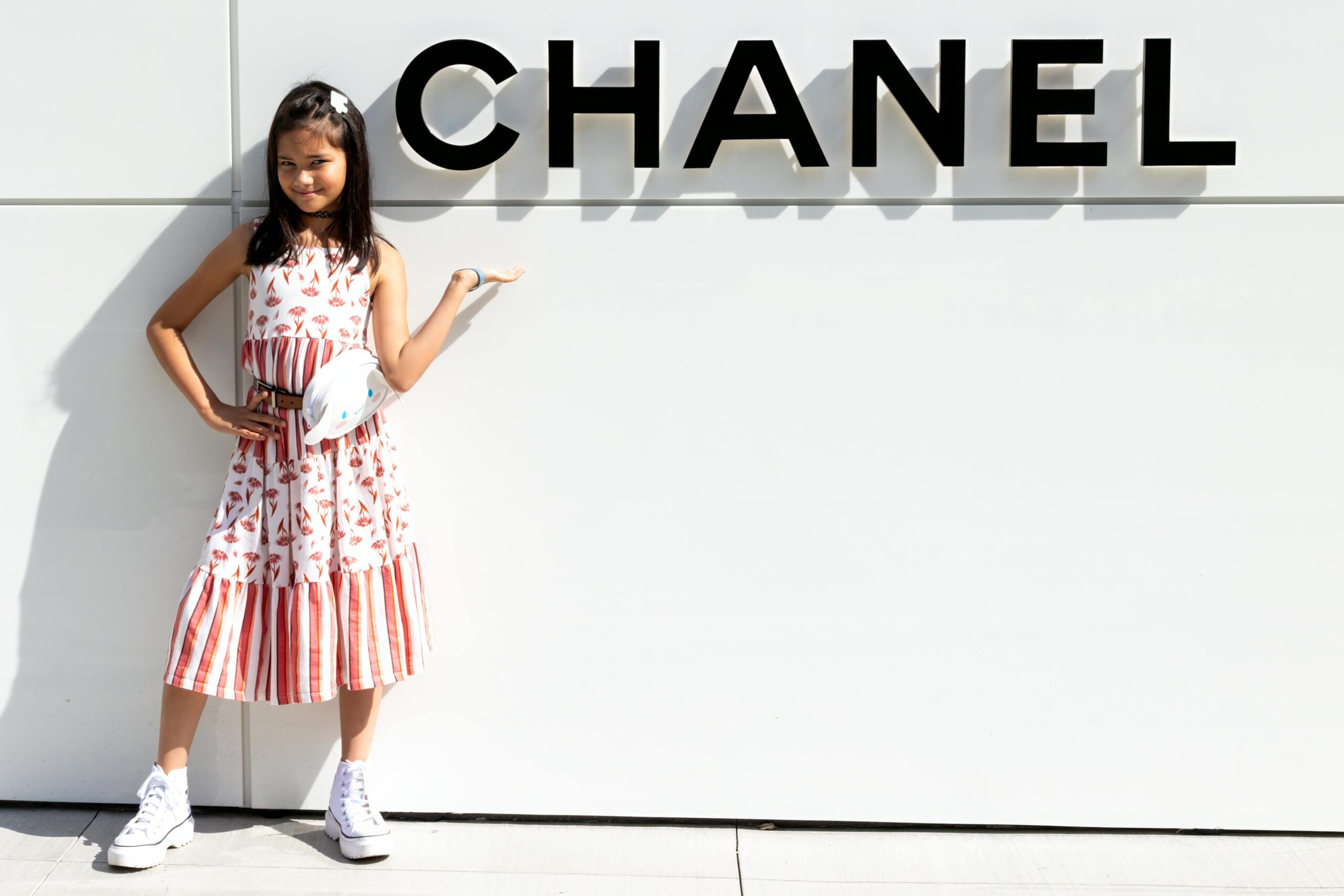Digital Fashion: Who Owns the IP Rights
In the fast-evolving fashion world, a new frontier blurs the lines between technology, art, and intellectual property (IP): digital fashion. This growing sector, which involves creating, designing, and selling clothing and accessories in virtual environments, has raised complex questions about intellectual property rights. With avatars, virtual try-ons, and non-fungible tokens (NFTs) becoming increasingly popular, the question of who owns the IP rights digitally is now at the forefront of the conversation.
What is Digital Fashion
 Digital fashion refers to virtual clothing and accessories that exist purely in the digital world. These garments, designed by digital fashion houses or individual designers, are created using 3D modelling software and can be worn by avatars in virtual spaces, video games, or on social media platforms. Many digital fashion creations are sold as NFTs, providing a new means of ownership and authentication in the digital realm.
Digital fashion refers to virtual clothing and accessories that exist purely in the digital world. These garments, designed by digital fashion houses or individual designers, are created using 3D modelling software and can be worn by avatars in virtual spaces, video games, or on social media platforms. Many digital fashion creations are sold as NFTs, providing a new means of ownership and authentication in the digital realm.
Brands like Balenciaga, Gucci, and Prada have already ventured into the digital fashion world, offering exclusive, virtual-only collections. Meanwhile, emerging digital-native fashion labels like The Fabricant and Auroboros are pushing the boundaries of creativity with entirely virtual collections. Digital fashion is no longer a niche market but is beginning to take hold of mainstream culture.
Who Owns the IP
In the digital fashion space, ownership is a nuanced issue. While the creator or designer typically holds the copyright for the digital garment, the consumer may not necessarily have rights beyond possession of the specific NFT. The designer retains control over how the garment is used and licensed, but the NFT holder has the right to display or use the garment within the confines of the platform on which it was purchased.
 Creator’s Rights: The designer of a digital garment holds the copyright to the creation and any modifications made to it. This means they can license the design to brands or other digital platforms. However, many digital fashion creators are still grappling with how to protect their IP in an open, decentralized environment where designs can be easily replicated, altered, or remixed. The existence of NFTs helps to address this challenge, offering a way to authenticate and prove ownership, but the digital nature of the garment means it can still be copied and circulated without the creator’s consent in some cases.
Creator’s Rights: The designer of a digital garment holds the copyright to the creation and any modifications made to it. This means they can license the design to brands or other digital platforms. However, many digital fashion creators are still grappling with how to protect their IP in an open, decentralized environment where designs can be easily replicated, altered, or remixed. The existence of NFTs helps to address this challenge, offering a way to authenticate and prove ownership, but the digital nature of the garment means it can still be copied and circulated without the creator’s consent in some cases.- NFT Holders and Consumers: Consumers who purchase digital fashion items as NFTs own the specific token associated with the item. This gives them the right to use, display, or resell the NFT, often within virtual environments or social media. However, their rights do not extend to the underlying IP of the design. For example, a person who buys a digital dress from a designer may own the NFT of that dress but cannot mass-produce the design or alter it for commercial use without the creator’s consent.
- Platforms and Marketplaces: Online platforms that sell or host digital fashion items, such as Decentraland, The Sandbox, or DressX, are also part of the IP rights discussion. These platforms may have terms of service that dictate how digital fashion is used, shared, or resold. Depending on the agreement, these platforms might exert some control over the distribution of digital fashion, or they may merely serve as intermediaries. In either case, they don’t automatically own the IP rights to the digital items, unless specifically stated in their terms.
- Collaborations and Licensing: Digital fashion has opened up new opportunities for collaborations between traditional brands and virtual designers. For example, a high-end fashion brand might work with a digital designer to create a virtual collection or launch a brand collaboration on a metaverse platform. In these cases, ownership of the designs and the underlying IP is often negotiated upfront in licensing agreements. These agreements may specify how the digital items can be used and whether the rights are exclusive or non-exclusive.
Conclusion
Digital fashion has redefined the concept of ownership, and with it, the traditional understanding of intellectual property rights. While digital garments can be copyrighted, their ownership and use are complicated by the proliferation of NFTs, virtual environments, and decentralized platforms. As the digital fashion space continues to evolve, the challenge will be developing clear and adaptable frameworks for protecting IP rights while fostering creativity and innovation. Until then, both creators and consumers must navigate a dynamic and often uncertain landscape where ownership of virtual assets is still being defined.





